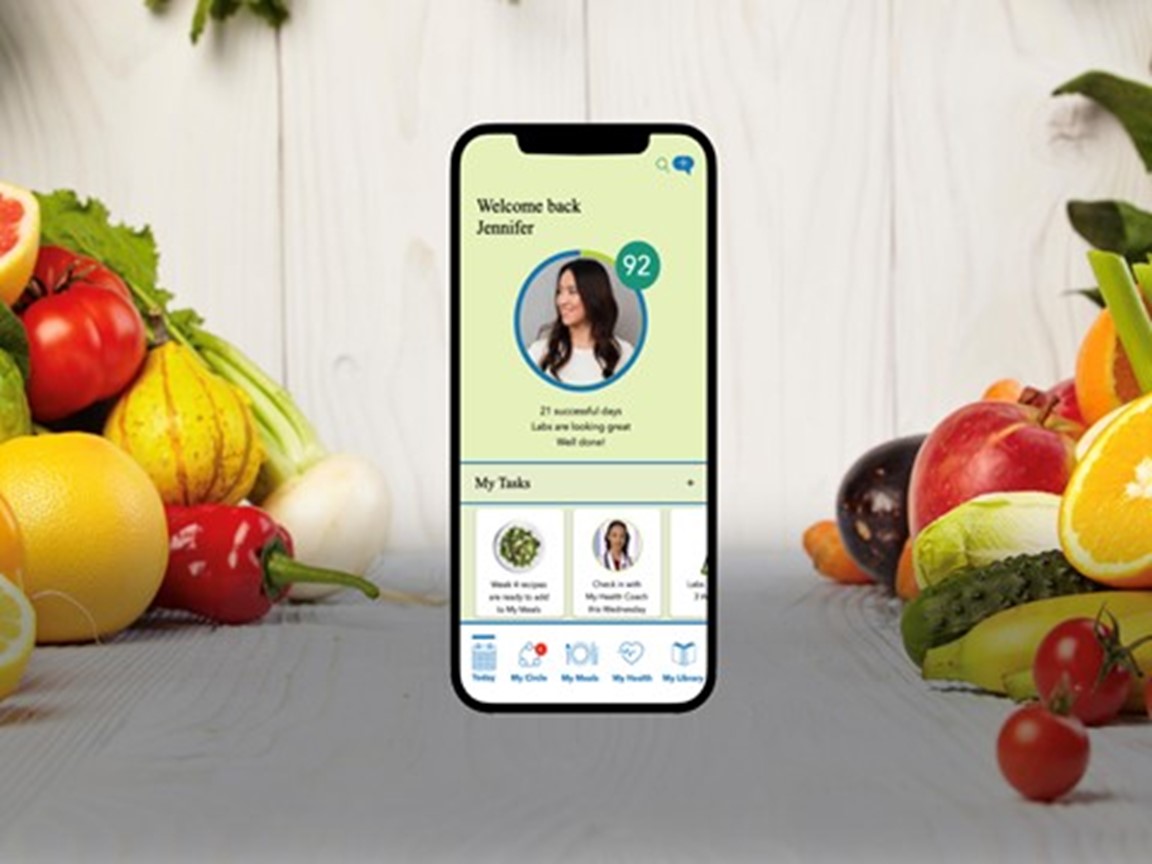Making Vegetables Attractive to Children
Do you have young, fussy eaters (or older adult ones) in the house who won’t eat their vegetables? Won’t even look at them? Do they make faces at the mere mention of broccoli, asparagus, or spinach?
Most of us have memories as children of certain foods that our parents made us eat, or traumatizing moments when we were not allowed to leave the table or have dessert unless we finished whatever ghastly pile was on our plate. Vegetables often end up on that list, and unfortunately so.
Our tastes and food preferences are strongly shaped by the eating habits of family and friends, our innate preferences, and our culture’s social attitudes toward different types of foods. Our lifelong diet is profoundly shaped by what we are exposed to at a young age—even in the womb.
Whereas many American children prefer potato chips to carrots, vegetables and fruits play a much larger role in the daily diets of kids in other parts of the world. A common snack for the young and old alike in France is radishes with butter and salt; in Italy pieces of raw fennel (which taste like licorice) are served for dipping in olive oil. Young Korean children and babies are routinely given plain cooked potatoes or corn on the cob to nibble on between meals, rather than salty or sweet snacks.
Here are some ideas to tempt your children to eat more fruits and vegetables:
- Offer raw vegetables (and fruits) with dips. Kids love dipping things, and just about any fresh produce is more enticing if it is simply washed, cut up, and served with little bowls of dressings, dips, salsas, spreads, hummus, nut butters, even honey.
- Make it a fun finger food. Asparagus and green beans are delightful to eat with the fingers. And don’t forget carrot and celery sticks, bell pepper strips, pea pods, cherry tomatoes, radishes, broccoli and cauliflower florets, corn on the cob, apples, pears, orange sections, cherries, and berries of all kinds.
- Don’t mix things up. Young children often dislike their foods all mixed together, as in a casserole, but instead prefer separate, identifiable items. Take salad niçoise, that classic French salad of whole green beans, tomatoes, tuna, and hardboiled eggs served over lettuce leaves. It is often a big hit with kids because its ingredients are arranged separately and not tossed together, with dressing served on the side. They love being able to serve themselves buffet-style, which gives them the satisfaction of making their own decisions and having control.
- Use bright or novel colors to attract and entice. Try serving red, green, orange, and yellow bell peppers, carrots, green-and-red-striped heirloom tomatoes, blue potatoes, purple broccoli, red-and-white-ringed slices of Chioggia beets, or the brilliantly colored stems of the Swiss chard variety known as Rainbow Brights.
- Make it sweet. It’s no surprise that children are attracted to sweet-tasting foods. Try red bell pepper strips, beets, carrots, heirloom and Sungold cherry tomatoes, and sugar snap peas.
- Don’t cook them. Many vegetables, such as broccoli and cauliflower, smell strong and unpleasant when cooked. Children also tend to be sensitive to certain textures. Try cooking vegetables just to the crisp-tender stage, or serving some commonly cooked vegetables raw instead.
- Never use food as punishment—or as a bribe. We all recall being forced to eat something nasty or not being allowed to leave the table until we had cleaned up our plates. It really serves no one to use food as a weapon, and it can needlessly cement food preferences for a lifetime.
- Offer veggies with other favorite foods—as pizza toppings, a sprinkling on a favorite soup or stew, or on tacos or burritos. Some children are more open to experimenting than others; have them try it, but never force the issue if they hate it.
- Let them play with their food. Go ahead and make those broccoli trees, cauliflower brains, potato mice, or “ants on a log”—celery sticks stuffed with peanut butter and sprinkled with raisins.
- Keep in mind that kids’ tastes change as they grow. Just because they thought spinach was yucky once doesn’t mean that they will always hate it. Offer it again at another time, or prepared in a different way—they just might like it then.
- Sweet vegetables like carrots can sometimes be a huge hit with children if made into frozen treats and smoothies. Blending an avocado with SCD yogurt and some bananas or strawberries can feel like quite a treat.
- Serve a new vegetable with a familiar one. Kids may be more willing to try the unfamilar veggie if they know they will like the other one, and having this option assures that they won’t leave the table hungry.
- Roasting vegetables intensifies their flavors, makes them soft, and also caramelizes their sugars, giving them a sweeter taste. Almost any vegetable prepared this way (tossing pieces with oil, salt, and pepper, then cooking at a high heat) tastes great!
- Have cut-up, prepared vegetables and fruits ready and waiting in the refrigerator at all times, so when your child is looking for a snack, there are several options available without extra hassle and fuss.
- Most kids love bacon. Using SCD-legal bacon, try dressing a salad with a warm bacon dressing, adding bacon bits (and nuts), or using some bacon fat when roasting or sautéing vegetables.




